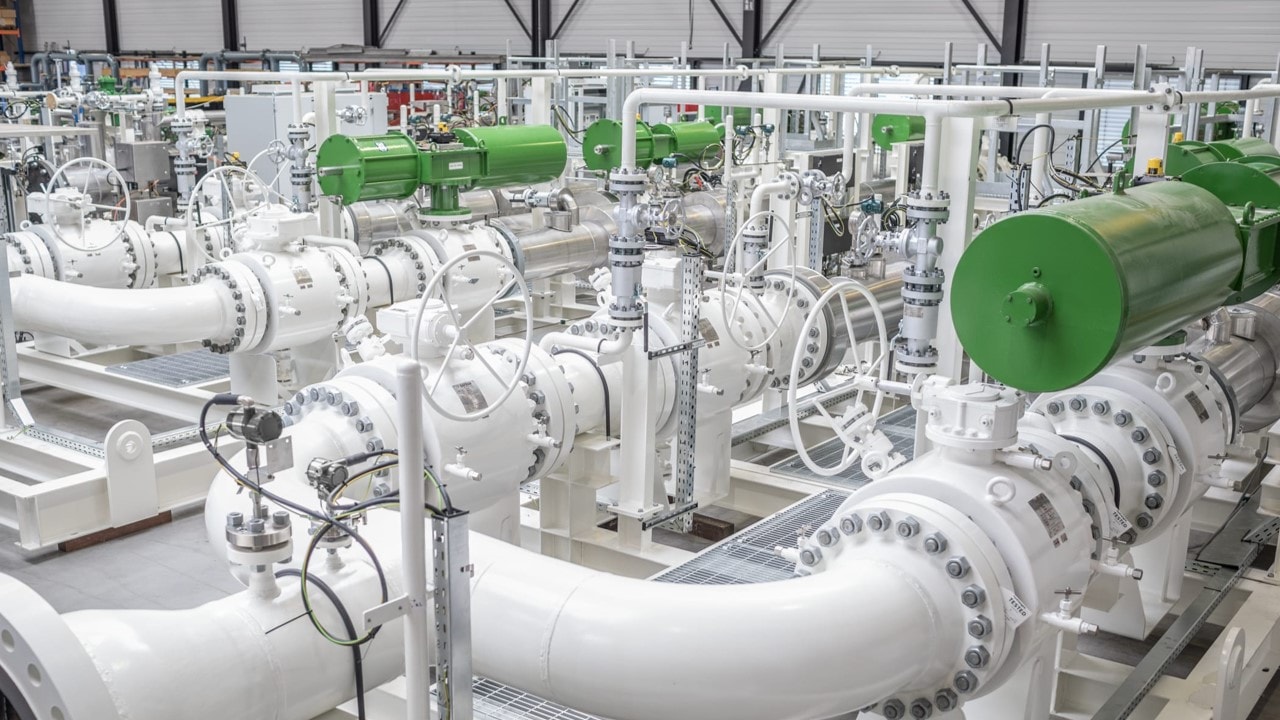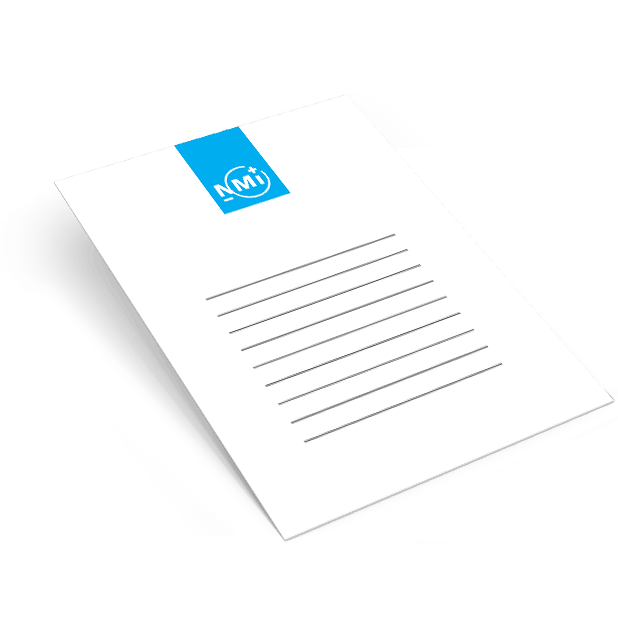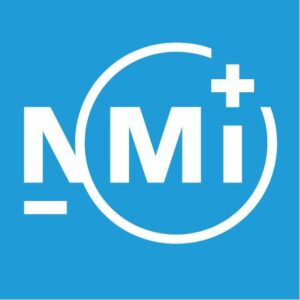
17 Apr In Full Flow: NMi Prepared for Increase in Demand for Liquified Natural Gas
In Full Flow: NMi Prepared for Increase in Demand for Liquified Natural Gas
17 April 2022
by Erik Beumer
With Europe’s principal natural gas supplier now under strict sanctions, alternative forms of supply are needed. Liguified natural Gas (LNG) may prove the answer, but what infrastructure is in place to accommodate such a shift? Is the metrology industry ready to deal with the burgeoning LNG market?
The questions of who produces natural gas and how it is transported are currently under intense scrutiny. The Russia-Ukraine war and the subsequent severing of energy ties between the EU and Russia has brought into sharp focus the dangers of overreliance on one major supplier (Russia) and one transportation system (pipelines).
In this context, LNG, is set to play an increasingly important role in the energy market. When lowered to a temperature of at least -160 °C, natural gas transforms into a liquid, making it more energy compact and easily transportable. Shipping LNG is the preferred method, which allows for a flexibility of supplier that the NordStream 2 Pipeline, for example, didn’t offer.
Nevertheless, rising gas prices currently extend to LNG too, which means it’s even more important to understand the associated rules and legislation correctly. Mistakes in the certification process could lead to imprecise measurements and inaccurate costs.
At NMi, we’ve been involved in the LNG market for the last decade. Our first customers came to us in 2013, and since then we’ve accrued valuable experience certifying LNG measuring instruments, putting us in a strong position to support with the expected LNG uptake following the sanctioning of Europe’s largest natural gas supplier.
How is LNG measured?
There are three key stages where measurement readings must be taken for LNG. The first is the transaction that occurs at the loading port terminal. Once a ship arrives at its destination, it delivers its store of LNG to road tankers. Coriolis flow meters are often used as the instruments of measurement that ensure the right amount is moved from one unit to another. They work by using vibrating tubes that register the offset in vibrations when a liquid is flowing through them, helping to calculate the LNG’s mass.
From the port, LNG is then transported to other locations. With measuring systems already installed on them, road tankers can store LNG, to be used as fuel for other vehicles, or they can transfer the LNG back into a gas, for pipeline distribution. Every transaction made requires a simultaneous measurement of LNG or gas.
Fuel dispensers are another mechanism for supplying LNG directly to road tankers that use LNG for fuel instead of gasoil. As standard, a flow meter is used to confirm the accurate transfer of LNG, yet this is just the first step. To ensure that the liquid is cold enough to be delivered, the dispensers use a recirculation circuit that is linked to the flow meter. The circuit closes once the flow meter is cooled sufficiently, beginning the delivery of LNG. As the receiving road tanker needs to vent the excess vapour from its supply tank, a vapour return line connecting to the LNG dispenser is used. Depending on the LNG dispenser configuration, the vapour return can be measured to correct the total LNG measurement for this amount.
What is the existing legislation?
Though these measuring systems are well established, they do not always fall under legislation. The Measuring Instrument Directive (MID) is a broad, European-wide measure that only occasionally includes guidance for LNG measuring instruments. It is up to each individual country to determine the reach of the legislation, specifically the MID ANNEX VII (MI-005) where liquid measuring systems are included. The Netherlands, for example, recognises LNG within this framework, but many countries do not.
The decision for governments to recognise LNG measuring systems is made easier by the fact that detailed guidance already exists thanks to the International Organisation of Legal Metrology (OIML), who updated their OIML R 117 recommendations in 2019 to include LNG measurements. Section 5.11 of OIML R 117-1 2019 outlines the correct requirements to follow for both industrial LNG transactions and those with fuel dispensers.
Currently, the 2007 edition of the OIML R 117-1 is the normative document used to cover the essential requirements of the MID ANNEX VII for liquid measuring systems. The expectation is that the OIML R 117-1 2019, with its LNG-specific guidance, will replace the 2007 version in the future and become the new standard.
What is NMi’s contribution?
NMi is one of only five organisations able to certify LNG measuring systems as an OIML Issuing Authority. Though a niche market, we have built up extensive knowledge and gained experience testing on site, making us well prepared to deal with the increasing number of LNG customers. Our certificates are recognised for their quality worldwide, and this extends to those for LNG measuring systems.
Ultimately, the guidelines set out in the OIML are complex, more so than for regular fuel dispensers, which means that the value of having a trusted partner to help navigate the process can’t be underestimated. NMi is here to help.
Do you want to know more?
NMi Certin is here to answer your questions. Do not hesitate to contact us.





